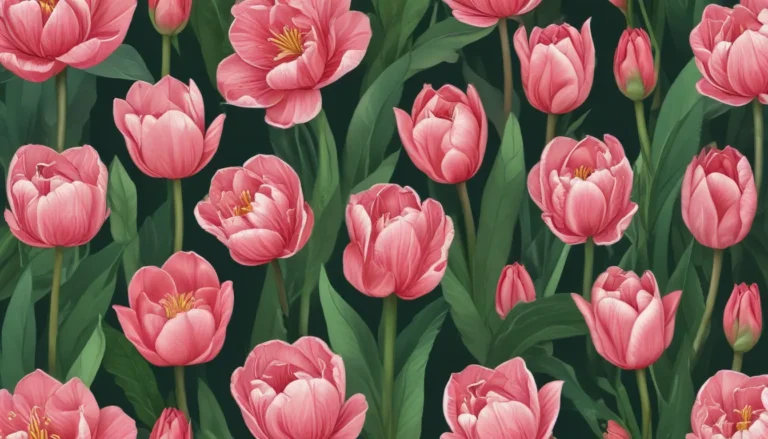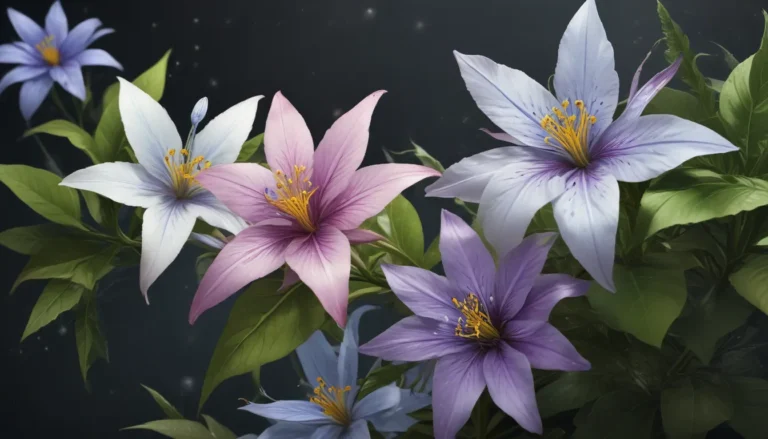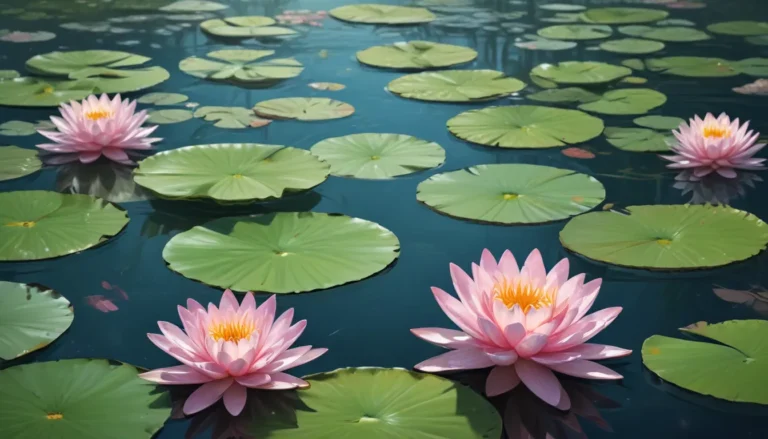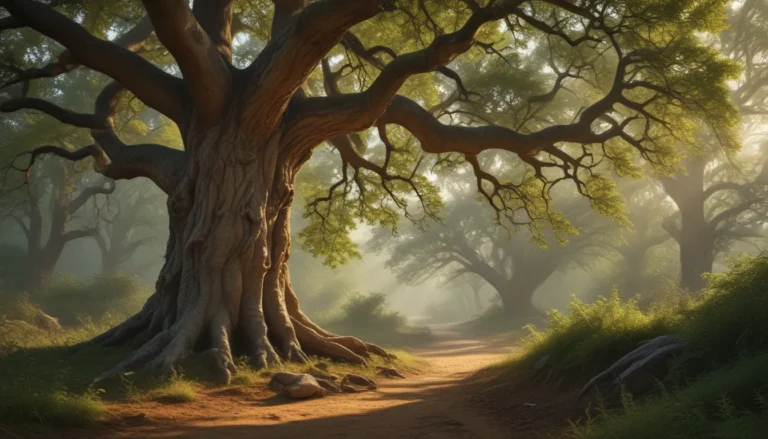The pictures we use in our articles might not show exactly what the words say. We choose these pictures to make you interested in reading more. The pictures work together with the words but don’t take their place. The words still tell you the important facts.
Orchids are some of the most captivating and diverse flowers in the plant kingdom. These elegant blooms have fascinated humans for centuries with their intricate shapes, vibrant colors, and exotic allure. In this post, we'll explore 25 interesting facts about orchids that will deepen your appreciation for these enchanting flowers.
The Incredible Diversity of Orchids
- Massive Family: Orchidaceae is one of the two largest families of flowering plants, with over 28,000 currently accepted species distributed across 763 genera.
- Global Presence: Orchids can be found on every continent except Antarctica, showcasing their incredible adaptability to diverse habitats.
- Size Matters: The world's smallest known orchid species, Platystele jungermannioides, measures less than 2 millimeters in diameter.
- Ancient Origins: Genetic sequencing suggests that orchids may have arisen 76 to 84 million years ago during the Late Cretaceous period.
- Vanilla Connection: The popular flavor of vanilla extract actually comes from the beans of the Vanilla orchid, demonstrating the versatile uses of these plants.
Unique Adaptations and Pollination Strategies
- Complex Pollination: Orchids have evolved intricate mechanisms to attract specific pollinators, ensuring successful reproduction.
- Deceptive Beauty: Some orchid species, like those in the Ophrys genus, mimic the appearance and scent of female insects to attract male pollinators.
- Night Bloomers: In 2011, Bulbophyllum nocturnum was discovered to be the first known orchid species to flower nocturnally.
- Pollen Packages: Instead of releasing individual pollen grains, orchids package thousands of grains into bundles called pollinia.
- Explosive Force: The Catasetum genus actually launches its pollinia with explosive force when an insect touches a sensitive part of the flower.
Growth Habits and Survival Strategies
- Epiphytic Lifestyle: Many orchids are epiphytes, growing anchored to trees or shrubs without harming their hosts.
- Terrestrial Types: Some orchids, particularly in temperate regions, grow in the ground like most other plants.
- Lithophytes: Certain orchid species, such as Angraecum sororium, are lithophytes, growing on rocks or very rocky soil.
- Parasitic Behavior: Some orchids, like Neottia and Corallorhiza, lack chlorophyll and obtain energy by parasitizing soil fungi.
- Symbiotic Relationships: All orchids rely on mycorrhizal fungi for nutrients during germination and seedling growth.
Orchids in Human Culture
- Ancient Appreciation: Orchids have been cultivated and admired for over 2,000 years, with ancient civilizations like the Greeks, Romans, and Chinese valuing them highly.
- National Symbols: Several countries have chosen orchids as their national flowers, including Venezuela (Cattleya mossiae) and Singapore (Vanda Miss Joaquim).
- Perfume Ingredients: The scent of orchids is frequently analyzed by perfumers to identify potential fragrance chemicals.
- Culinary Uses: The underground tubers of some terrestrial orchids are ground into a powder called salep, used in beverages and ice cream in some cultures.
- Medicinal Applications: Orchids have a history of being used in traditional medicine for their potential therapeutic properties.
Orchid Cultivation and Conservation
- Hybrid Craze: Orchid species hybridize readily in cultivation, leading to over 100,000 hybrids and cultivars.
- Long-lived Blooms: Unlike many other flowers, some orchid species have the remarkable ability to bloom for several months.
- Tiny Seeds: Orchid seeds are generally almost microscopic, with some species producing over a million per capsule.
- Challenging Germination: Most orchid species require specific fungi to germinate in the wild, making cultivation challenging.
- Conservation Efforts: Many orchid species are protected under CITES (Convention on International Trade in Endangered Species) to regulate international trade and protect wild populations.
FAQs About Orchids
Q: Are orchids difficult to grow at home?
A: While some orchids have specific care requirements, many species and hybrids can thrive with the right conditions. Understanding their needs is key to successful cultivation.
Q: How long do orchid blooms typically last?
A: Orchid bloom duration varies by species, with individual flowers lasting from a few days to several weeks. Some species even have blooms that can last for months.
Q: Can I grow orchids from seeds?
A: Yes, it's possible to grow orchids from seeds, but it requires patience and specialized techniques. The process can take several years before the plants reach maturity.
In conclusion, orchids are a fascinating group of plants with a rich history, incredible diversity, and unique adaptations. From their ancient origins to their modern-day cultivation, these elegant flowers continue to captivate botanists, horticulturists, and flower enthusiasts alike. Whether you're admiring a wild orchid in its natural habitat or cultivating a hybrid variety at home, there's always something new to discover about these extraordinary plants.






